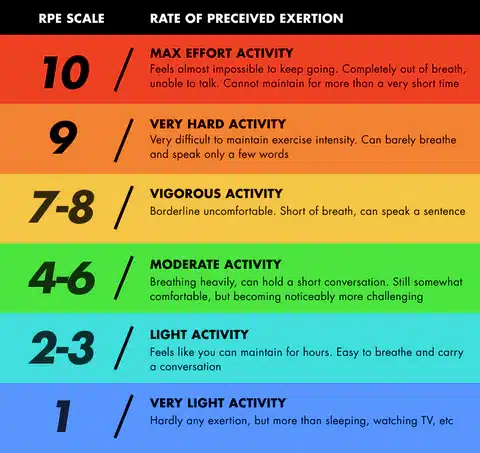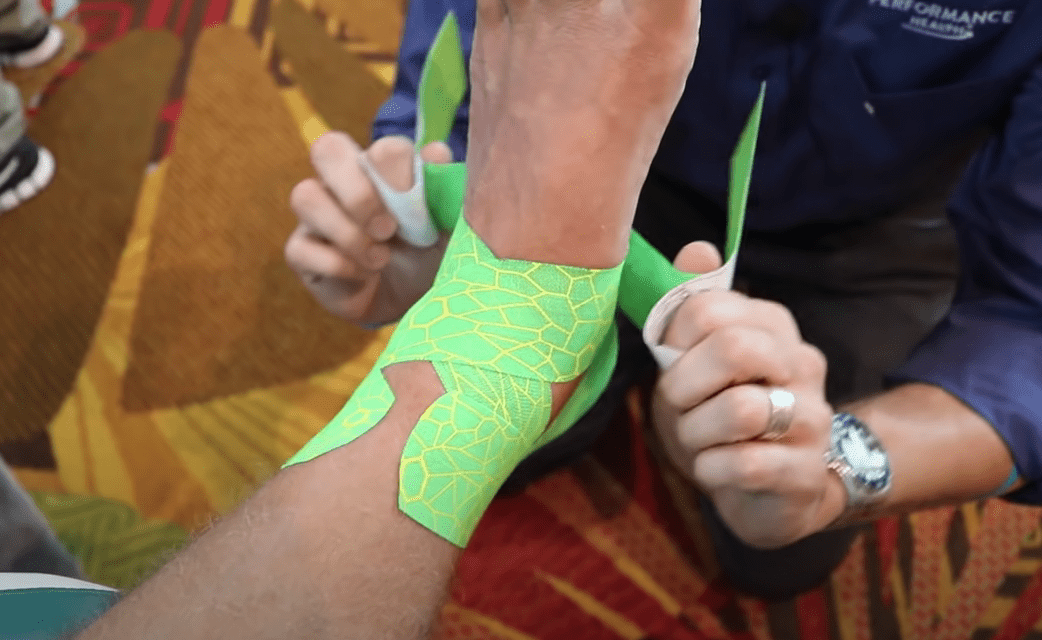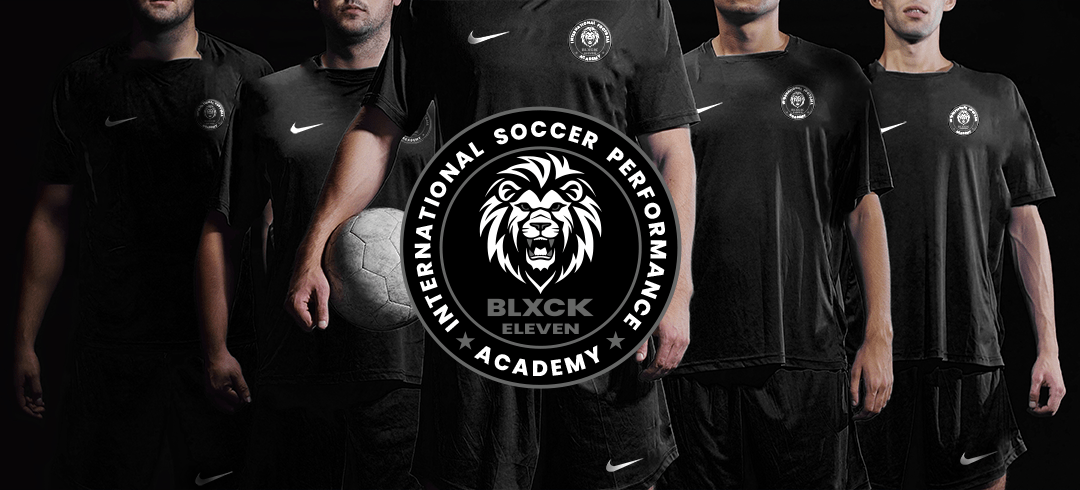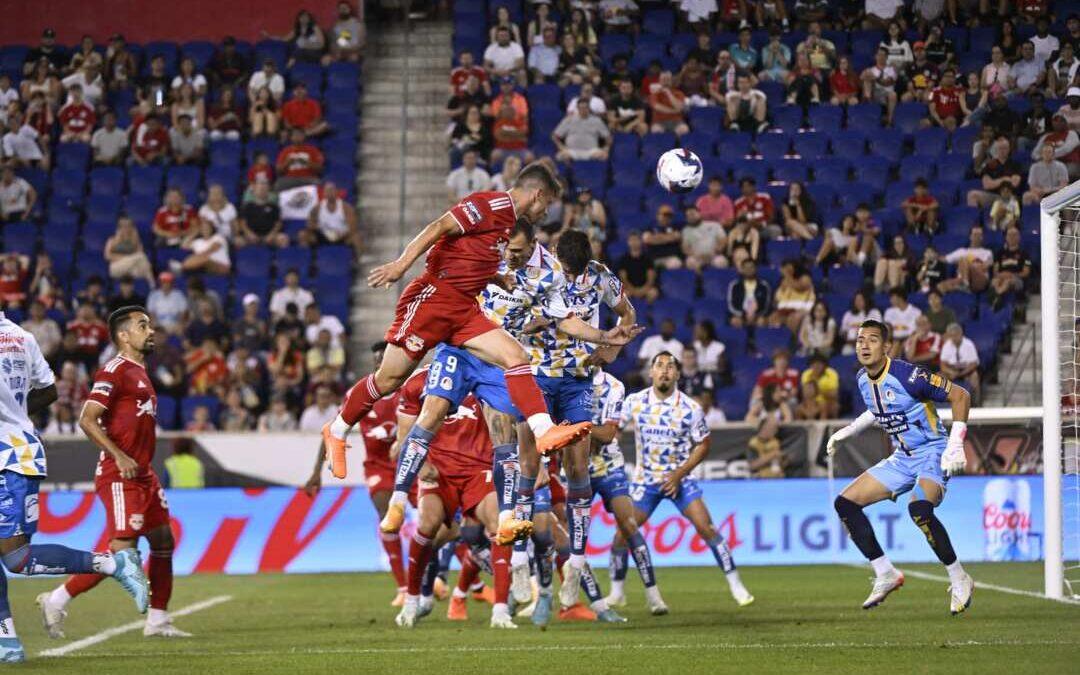We often see players who come to us and want to get better. Most of them are ambitious and want to train as much as possible.
It is not always about training harder but we prefer to train smarter.
We have to keep in mind the training sessions at the players club, their sleep and food pattern. Based on our screening and in consent with the player we will do what’s best for them.
The article of Tim Gabbett in 2015 gives us great insights in how to capture in-and-off season workload. He described the acute:chronic workload as the best practice predictor for injuries. This workload is easy to capture and therefore very friendly to use. The acute workload is the load that has been put over the player in the last week. The chronic workload describes the load of the last 4 weeks.
We want to make sure our players don’t train too little and not too much. That’s why we want to hit the ‘sweetspot’. The acute:chronic workload should not be higher than 1,30 or lower than 0,80.
To measure load we can use internal and external loads. External load measurements as total distance, high and very high intensity meters and max and average heart rate are reliable but not everybody has the tools to measure this. Luckily there are easier ways to manage load without having to use any equipment. We can focus on internal loads and use RPE’s.
The rate of perceived exertion just focuses on the player’s feelings and literature has shown this to be very reliable. Just ask your player how hard the training session was on a scale from 0 to 10 and multiply by the duration of the training session. Using this we can create our player-specific acute:chronic workload and we will minimize the injury rate and thereby the players fitness.












